ARS ELECTRONICA ARCHIVE - ART & SCIENCE
Das "European Digital Art and Science Network" basiert auf einem großen vielseitigen Netzwerk. Teil dieses Netzwerkes waren wissenschaftliche Forschungsinstitutionen (CERN, ESA, ESO, Fraunhofer MELVIS), das Ars Electronica Futurelab sowie die Projektpartner Center for the promotion of science (RS), DIG Gallery (SK), Zaragoza City of Knowledge Foundation (ES), Kapelica Gallery / Kersnikova (SI), GV Art (UK), Laboral (ES) und Science Gallery (IE). Von der EU gefördert lief das Projekt von 2014 – 2017.
Das Online Archiv der Ars Electronica bietet einen Überblick über die einzelnen Aktivitäten des Netzwerks und liefert zudem Informationen zum Netzwerk an sich, zu den Residency Künstlern und zu den beteiligten Projektpartnern und der Jury.
Artist Residency at ESO 2016 - Quadrature (DE)
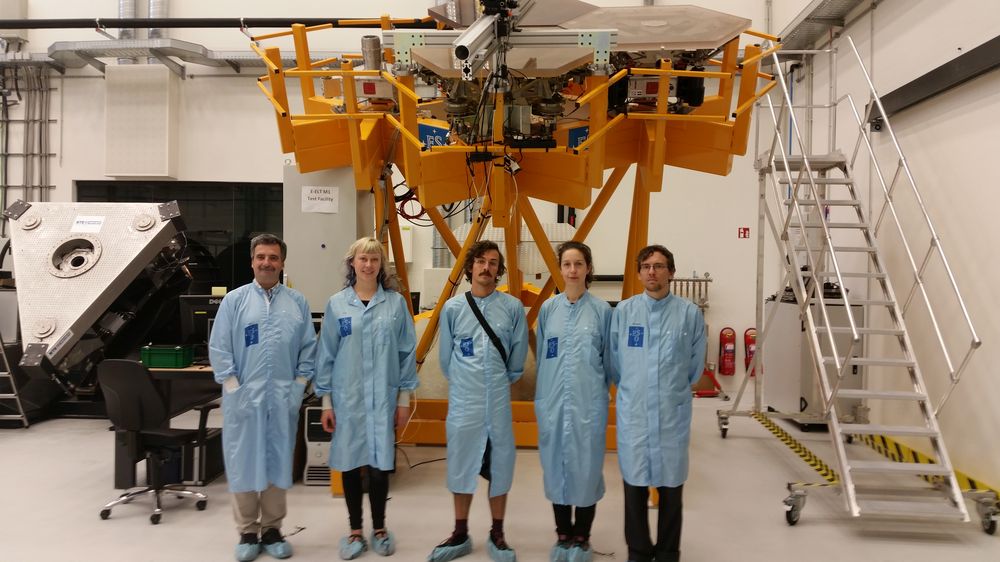
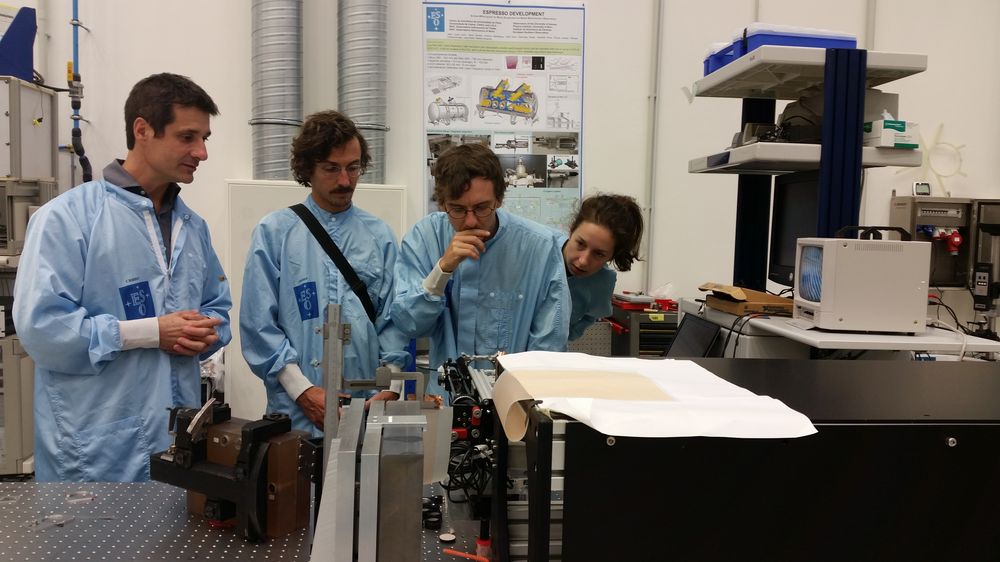
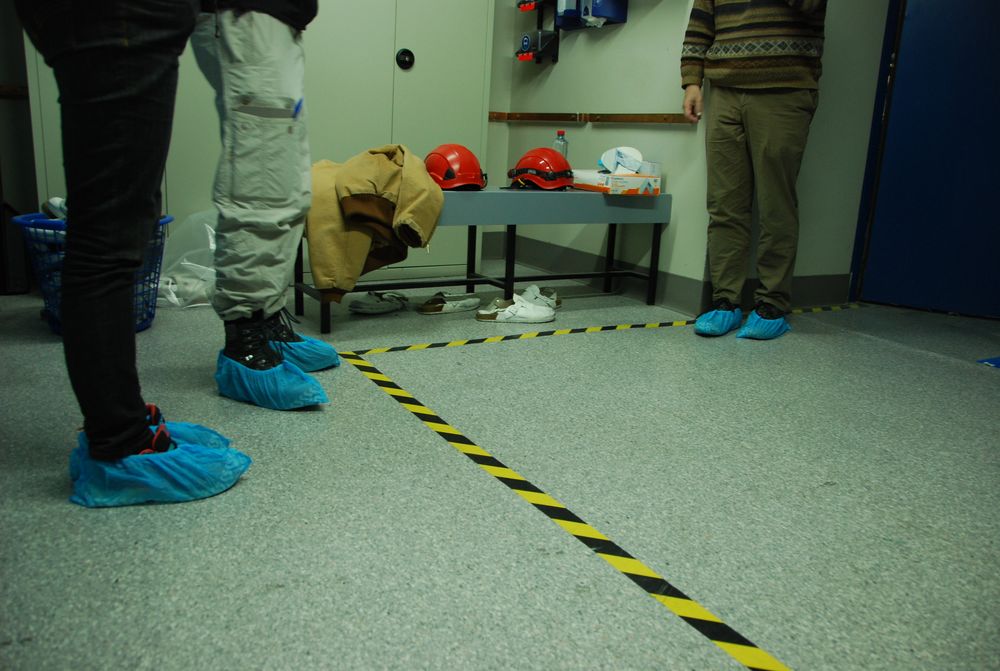
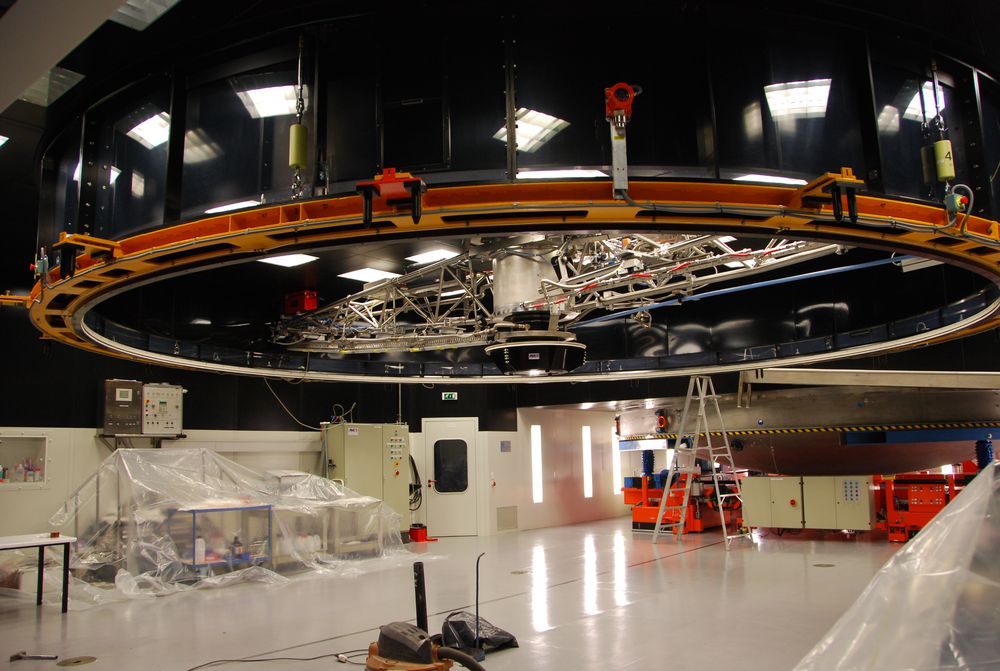
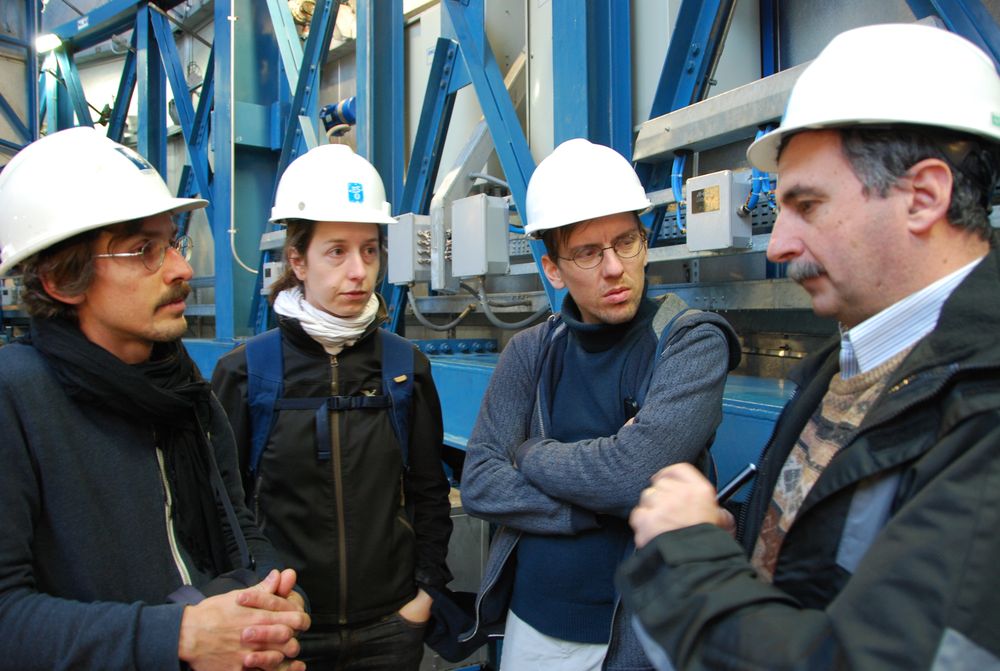
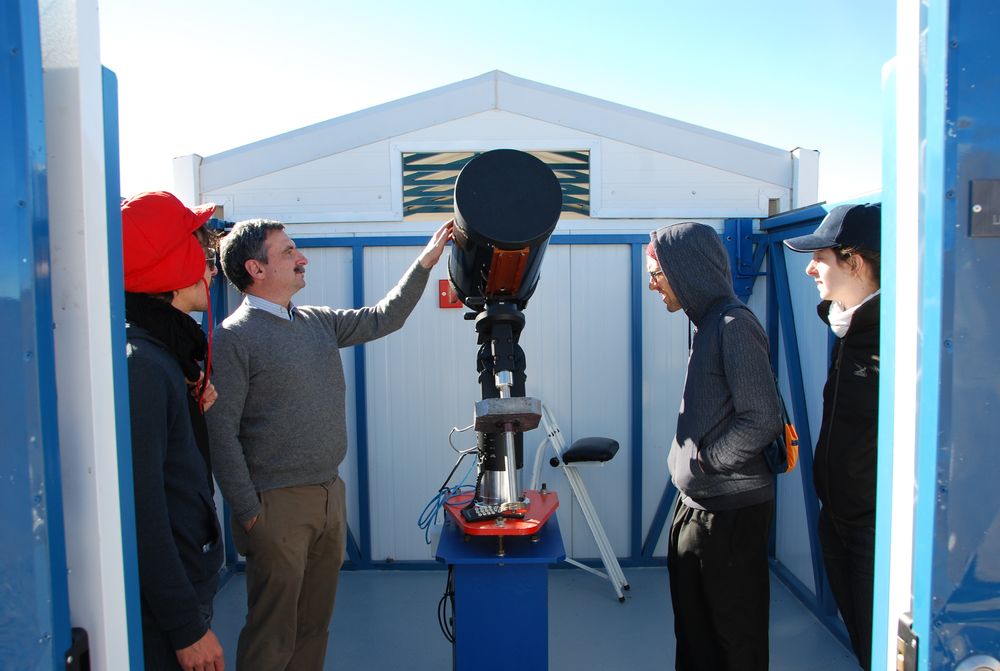
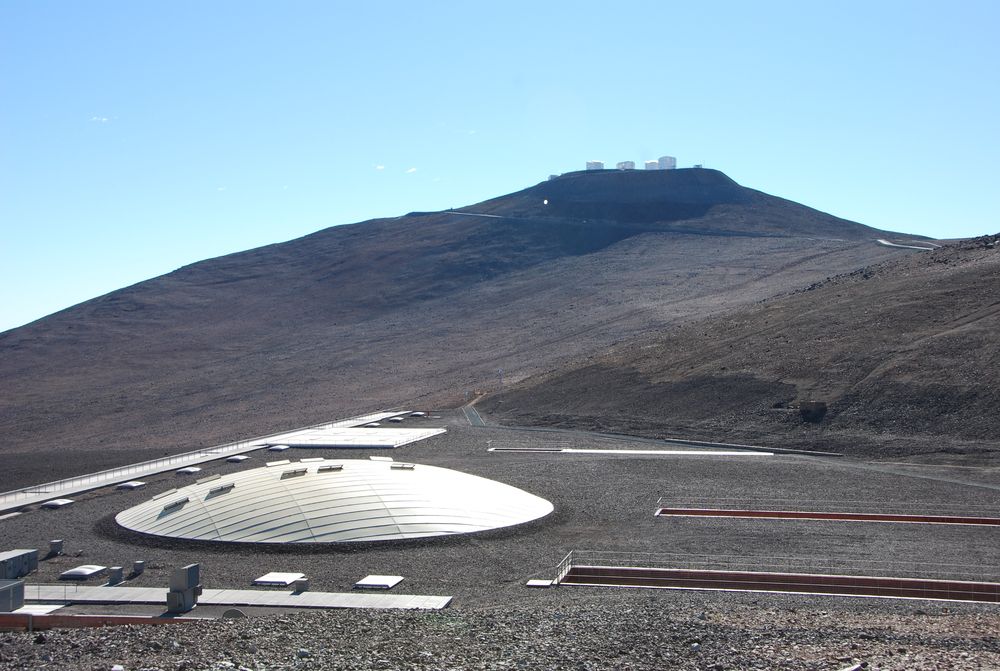
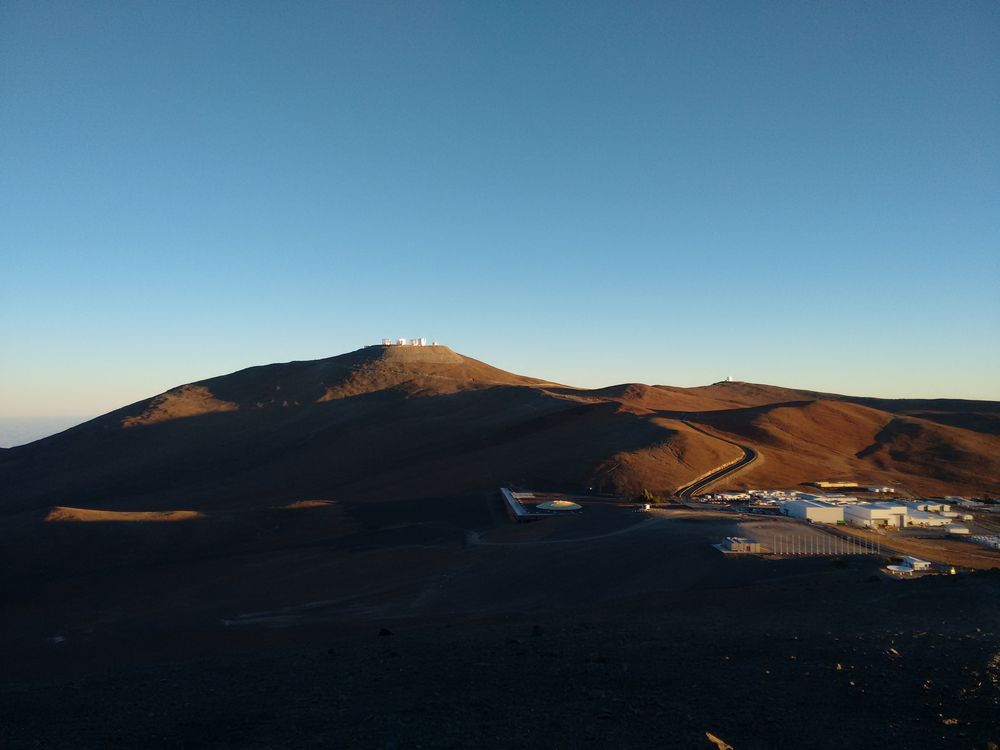
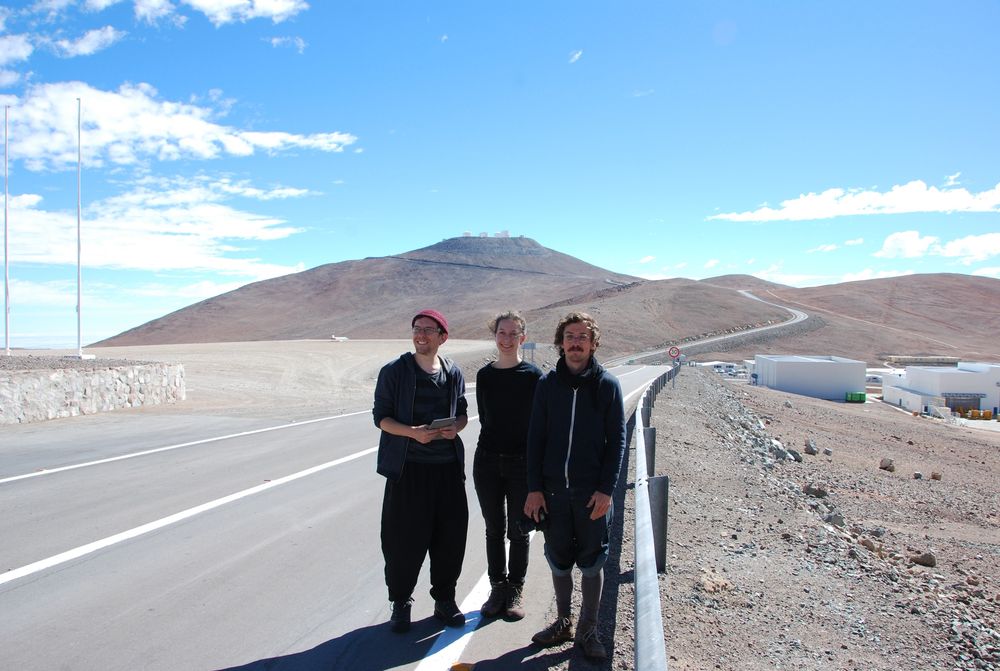
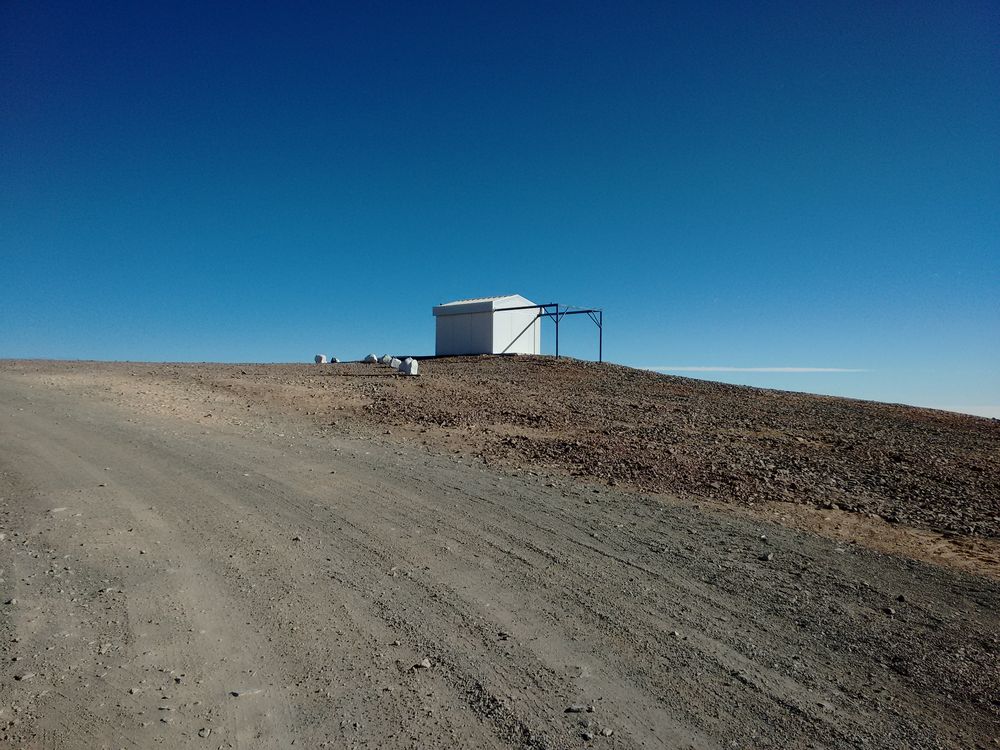
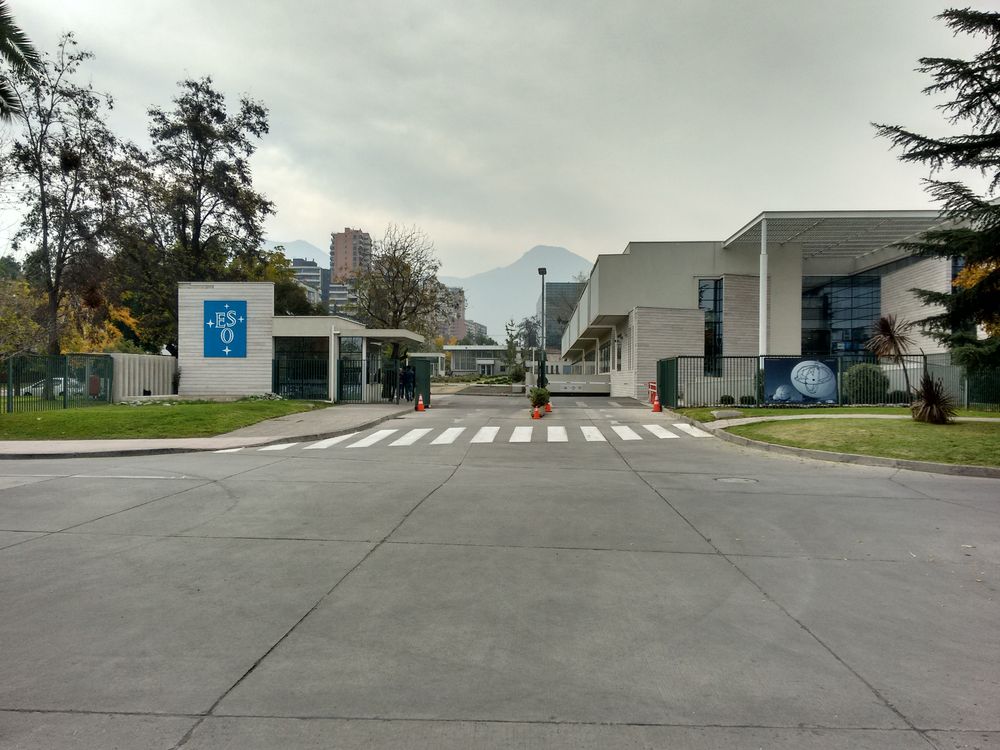
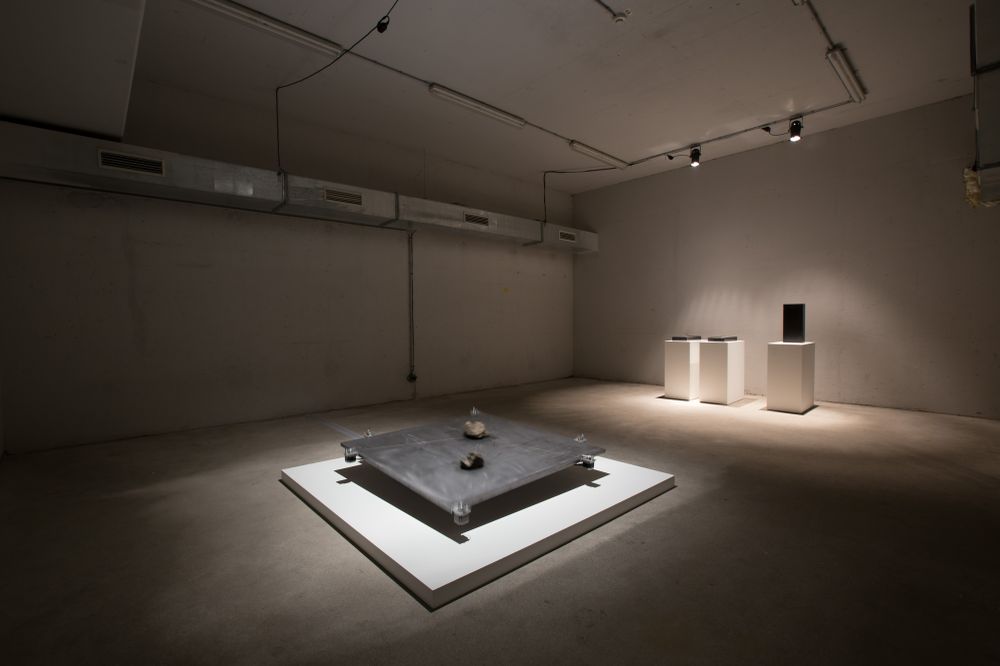
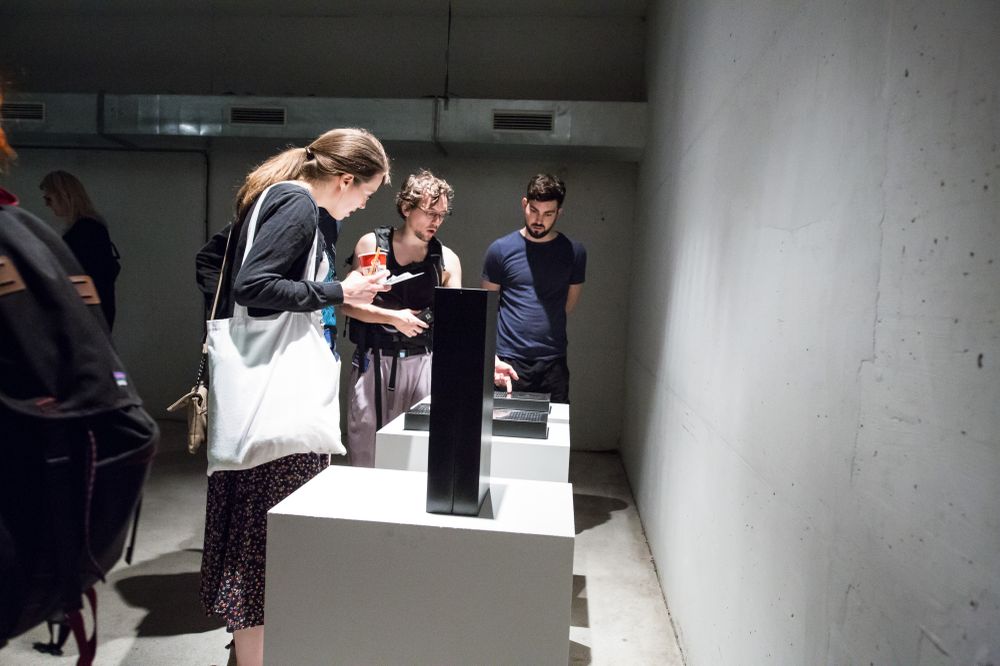
After 2 days of Jury deliberations (22. – 23.02.2016) the members of the jury, Gerfried Stocker, Horst Hörtner, Martin Honzik (all Ars Electronica), Slobodan Coba Jovanovic (CPN), Richard Kitta (DIG gallery), Fernando Comerón (ESO), Robert Devčić (GV Art London), Jurij Krpan (Kapelica Gallery), Lucía García Rodríguez (LABoral), Lynn Scarff (Science Gallery Dublin), and Fermin Serrano Sanz (Zaragoza City of Knowledge Foundation) issued the following statement:
“Quadrature are not new to the exploration of space; their previous work has tracked the movement of the Voyager space probe and given it a physical, kinetic manifestation here on Earth. This making the unseen visible was an exciting proposition of their proposal for the ESO residency. As a collective, their practice is already embedded in the processes of collaborative practice that are critical to the success of an art science residency of this nature. Their proposal addressed questions around how their work would develop and manifest in a physical exhibition space like Ars Electronica and offer a compelling experience to visitors, enabling them to sense the unseen, to momentarily lift off and experience deep space. Their intimate knowledge of the constraints and possibilities of the technology at ESO demonstrated a body of knowledge and work that sets the scene for exciting outputs. In summary, the members of the jury are assured that Quadrature’s residency at the ESO in Chile and at the Ars Electronica Futurelab in Linz has significant artistic potential and innovation within the art science space.”
Statement of the Jury
(Source: The Practice of Art and Science, p. 38)
Feature: The ESO Expedition: https://www.aec.at/feature/de/esoexpedition/
Interview: On Absurd Landscapes and Habitable Exoplanets: https://www.aec.at/aeblog/en/2016/09/01/von-absurden-landschaften-und-habitablen-exoplaneten/
Outer space is by no means terra incognita for Quadrature; far from it, actually. Several of the collective’s previous works deal with methods we human beings employ to explore the cosmos. One example is a project entitled “Voyager,” in which the artists employ slowly moving metal cursors to indicate the current flight paths and velocities of NASA’s Voyager 1 & 2 space probes. Another example is “Satelliten,” a work that earned Quadrature an Honorary Mention in the 2015 Prix Ars Electronica’s Interactive Art category. “Satelliten” is a machine that graphically documents the movements and positions of satellites. Serving as the “canvases” for these drawings are out-of-date maps among the pages of a bound atlas.
Statement of the Jury
“Quadrature are not new to the exploration of space; previous work has tracked the movement of The Voyager Space probe and given it a physical, kinetic manifestation here on earth. This making the unseen visible was an exciting proposition of their proposal for the ESO residency. As a collective their practice is already embedded in the processes of collaborative practice that are critical to the success of an art science residency of this nature. Their proposal addressed questions around how their work would develop and manifest in a physical exhibition space like Ars Electronica and offer a compelling experience to visitors, enabling them to sense the unseen, to momentarily lift off and experience Deep Space. Their intimate knowledge of the constraints and possibilities of the technology at ESO demonstrated a body of knowledge and work which sets the scene for exciting outputs. In summary, the members of the jury are assured that Quadrature’s residency at the ESO in Chile and at the Ars Electronica Futurelab in Linz has significant artistic potential and innovation within the art science space.”
(Source: https://www.aec.at/artandscience/en/artists/quadrature/)
The first stop on the itinerary was ESO’s headquarters in Santiago, where the artists had their first meeting with the organization’s scientists and astronomers. After this round of socializing with lots of new names and faces, things calmed down considerably and the artists headed into the huge expanses of the desert landscape. On the access road to Cerro Paranal, a mountain about 12 kilometers from the Chilean coast, a sense of joyful anticipation took hold of them. The Paranal Observatory is perched at an altitude of about 2,600 meters above sea level; its telescopes are visible from afar.
Just like its bigger associates, the little UT5’s roof slides back to let you get a good look into the endless expanses of the cosmos.
The next stop on the tour of Paranal is ESO’s coating area, where the reflectors used in the telescopes are recoated with aluminum.
Since the reflector’s reflective coating deteriorates over time—due to oxidation or wear and tear—these sensitive elements have to be recoated every few years.
At some locations in Paranal, shoes need to be covered up too for the sake of the delicate devices.
Shortly before the end of this leg of their protracted journey, the artists dropped in on the Integration Lab, where Samuel Leveque described tests being performed there.
Text: Martin Hieslmair
Source: www.aec.at/feature/de/esoexpedition
The next stop on Quadrature’s itinerary was Ars Electronica Futurelab in Linz, where, in September 2016 at the Ars Electronica Festival RADICAL ATOMS and the alchemists of our time, the audience could see what the artists’ collective had made out of their Residency.
(Source: The Practice of Art and Science, p. 39-43)
STONES
Storage Technology for Observed Nearby Extraterrestrial Shelters
Astronomical research is very much subject to the human tendency to observe and evaluate any findings within the context of our own culture. Yet the truth of scientific results goes far beyond the duration of our current civilizations. Just the detection of exoplanets* in the habitable zone already constitutes a scientific milestone. Detached from any contemporary interpretation, the work archives pure knowledge for the coming millennia. In a notation that requires no previous
cultural education but can be deciphered based on logic and scientific observation, the knowledge
is the main message.
* A planet outside our solar system, orbiting its parent star in a particular area so that water may be present on its surface in liquid form. This is regarded as a prerequisite for the emergence of life. So far, 42 such objects have been identified. (Source: Planetary Habitability Laboratory, UPR Arecibo.)
(Source: The Practice of Art and Science, p. 43)
MASSES
Motors and Stones Searching for Equilibrium State
We place two stones on top of a balanced steel plate. The aim of the machine is to position the stones so that the system is perfectly balanced. In an incessant process, continuous efforts repeatedly briefly avert the constant threat of divergence, only for it to appear elsewhere a moment later. Instead of the desired state of well-adjusted stability, the work achieves a permanent state of incessant motion—a fragile but constant situation between falling and floating. As the precision of modern research instruments advances, so their vulnerability increases, and with it the need to compensate for even the smallest disturbing influences. Supported by a machinery of sensors and people, the apparatus performs an endless sequence of observation and calibration.
(Source: The Practice of Art and Science, p. 43)

